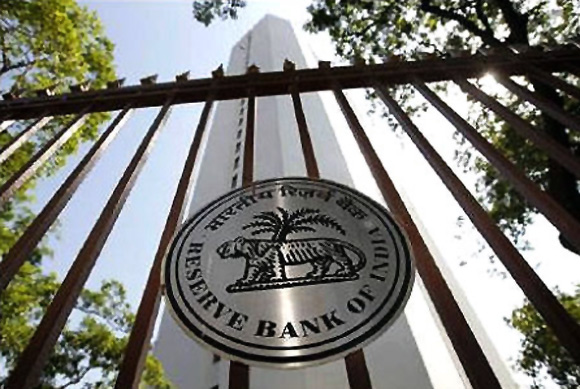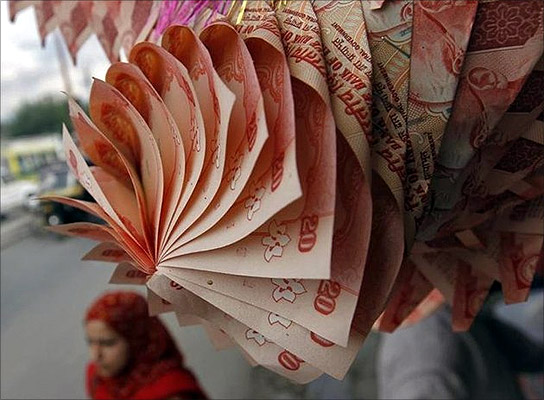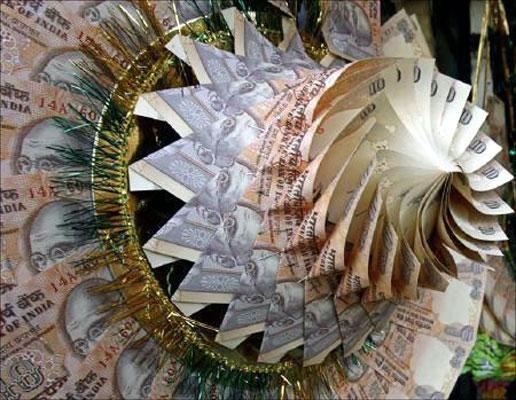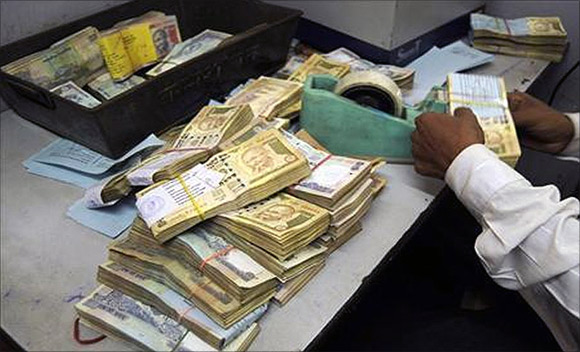 | « Back to article | Print this article |
India sees deficit falling, debt rising
The Reserve Bank of India published the balance of payments data for the fourth quarter of 2012-13 (and, consequently, for the full year) a day earlier than scheduled.
What clearly motivated this uncharacteristic enthusiasm was unquestionably the hope that a rather positive reading on the current account deficit would have on a rapidly declining rupee.
Whether the desired impact was had or not will be difficult to gauge immediately.
Click NEXT to read more...
India sees deficit falling, debt rising
There clearly was no dramatic reversal in movement. But going by the principle that there’s never a bad time for good news, the early announcement could not have hurt — unless, of course, it is read as a signal that the government has completely run out of options.
On the face of it, the sharp decline in the current account deficit to 3.6 per cent of GDP, from 6.7 per cent in the previous quarter, clearly comes as a significant relief in the battle against a rapidly declining currency.
Most observers see the large current account deficit as a major factor behind both the magnitude and the pace of the rupee’s decline. Consequently, its narrowing must have positive implications for the currency.
Click NEXT to read more...
India sees deficit falling, debt rising
However, it must also be remembered that this is an accounting of what happened three months ago. Compared to what has happened in the first quarter (April-June) of 2013-14, that period was one of relative calm.
While exports grew by almost six per cent during January-March, the early indications from April-June are that even this rate is not sustaining. Further, with the extent of rupee depreciation during this quarter, the rupee value of imports will undoubtedly increase for some time at least.
Overall, then, while the 6.7 per cent recorded in the third quarter of last year was something of an aberration, the 3.6 per cent seen in the fourth quarter may also be well below the sustainable level. The government simply cannot afford to lose sight of the structural adjustments necessary to reduce this vulnerability.
Click NEXT to read more...
India sees deficit falling, debt rising
Going beyond the good news on the deficit, however, the external debt report, also published yesterday, highlights the dangers of financing a large deficit by increasing recourse to debt flows.
By March 2013, outstanding external debt grew by almost 13 per cent over March 2012 to reach $390 billion.
Of greater concern is the fact that effective short-term debt – or debt with residual maturity of less than one year – comprises 44 per cent of the total. As a proportion of foreign exchange reserves, it is close to 60 per cent. These are clearly pointers to rising vulnerability.
Click NEXT to read more...
India sees deficit falling, debt rising
Any shock – global or domestic – could trigger a rapid outflow or refusal to roll over, thereby exacerbating the pressure on an already stressed currency.
Although it’s tempting for the government to encourage further debt inflows by easing remaining restrictions, it must also remember that this comes at the price of increasing overall vulnerability.
This may ultimately be self-defeating from the viewpoint of stabilising the rupee. Here again, while admitting that there are short-term compulsions, the only solution is to shift the balance of capital inflows to direct investment. That, of course, means improving the investment climate, which is really the core problem.





